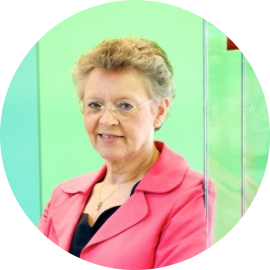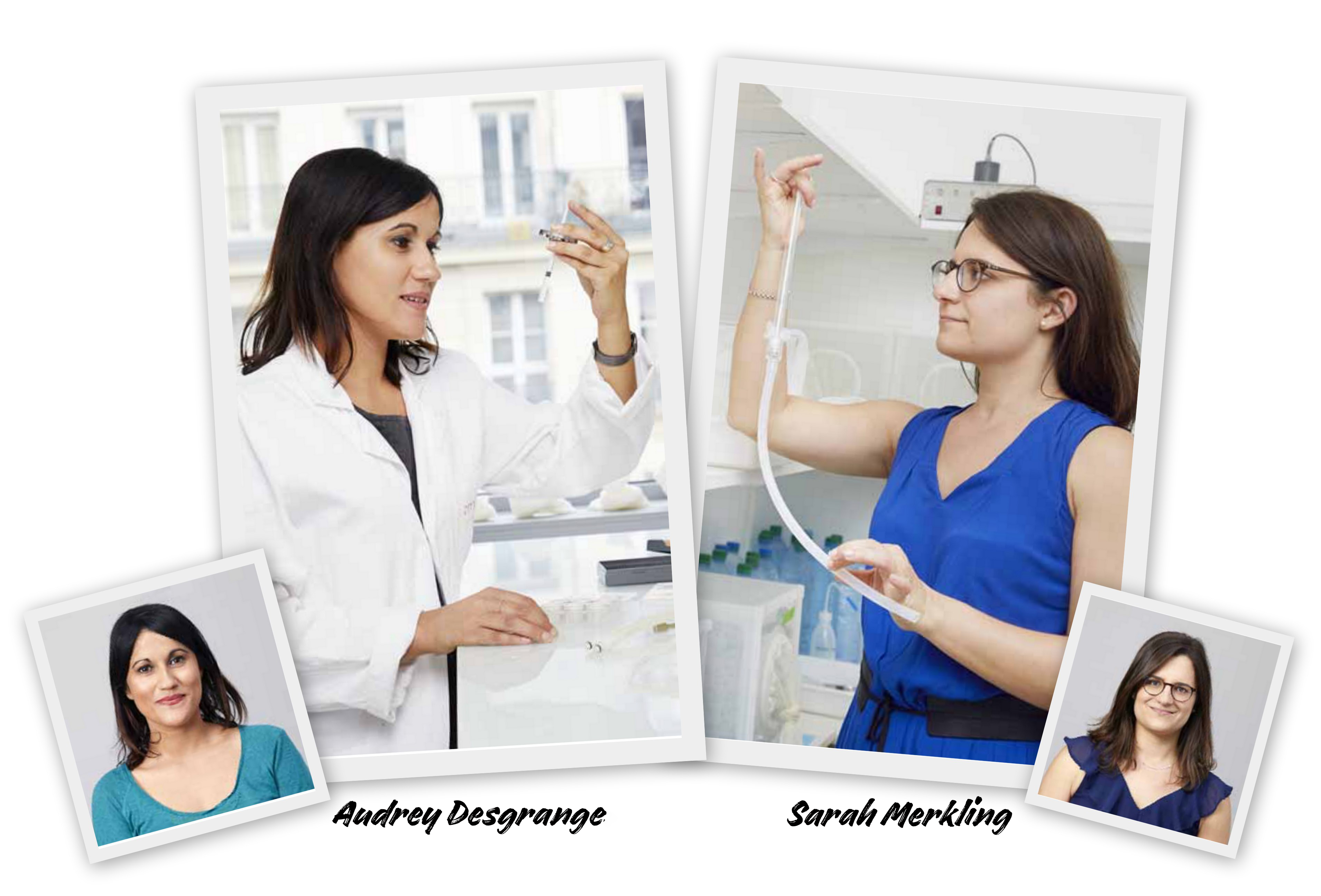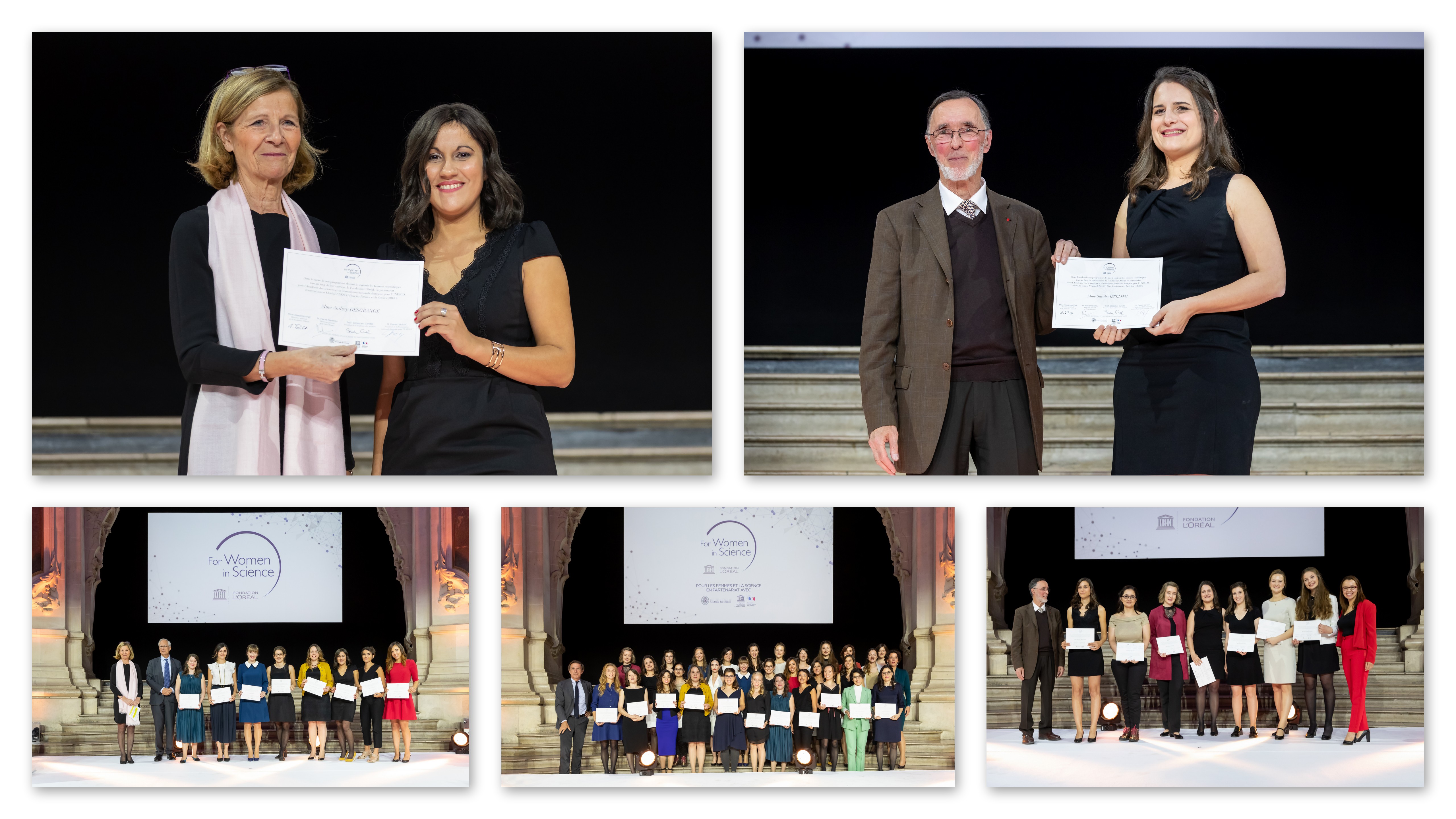
October 19, 2018
Bulletin interne de l'Institut Pasteur


More awards for Institut Pasteur scientists
- Françoise Barré-Sinoussi elected as a member of the US National Academy of Medicine

On October 15, 2018 the National Academy of Medicine (NAM) announced the election of 75 regular members and 10 international members during its annual meeting. Election to the Academy is considered one of the highest honors in the fields of health and medicine and recognizes individuals who have demonstrated outstanding professional achievement and commitment to service.
New members are elected by current members through a process that recognizes individuals who have made major contributions to the advancement of the medical sciences, health care, and public health. A diversity of talent among NAM’s membership is assured by its Articles of Organization, which stipulate that at least one-quarter of the membership is selected from fields outside the health professions — for example, from such fields as law, engineering, social sciences, and the humanities. The newly elected members bring NAM’s total membership to 2,178 and the number of international members to 159.
These new members include Françoise Barré-Sinoussi, a retrovirologist, Honorary President of the Virology Department at the Institut Pasteur and of the Institut Pasteur International Network, and President of the French AIDS charity Sidaction. Françoise Barré-Sinoussi's election to the prestigious institution comes on the 10th anniversary of her Nobel Prize in Medicine for co-discovering the HIV retrovirus at the Institut Pasteur in 1983.
- Two Institut Pasteur scientists recognized in the 2018 L'Oréal-UNESCO For Women in Science French Fellowship Awards
On Monday October 8, as part of the week-long French National Science Festival, the L'Oréal Foundation revealed the names of the 30 young researchers chosen as the laureates of its L'Oréal-UNESCO For Women in Science initiative. The winners will receive a research grant and will also be given the opportunity to complete a leadership training program, in addition to their scientific work, to equip them in their efforts to "break the glass ceiling".
This year, 20 PhD students and 10 post-docs in France, selected by a panel from the French Academy of Sciences, were honored at a ceremony held in the Palais de la découverte on October 8. Chosen from nearly 900 applicants, the laureates received a grant that will help them pursue their research and further their career.
These young women, from a wide range of disciplines, have all excelled in their careers and demonstrated a desire to share their passion for science – some are involved in school support organizations or groups dedicated to tackling sexism in science.
Two Institut Pasteur scientists were among this year's laureates:
• Audrey Desgrange, a post-doctoral fellow in the Imagine–Institut Pasteur Heart Morphogenesis Unit directed by Sigolène Meilhac and at Paris Descartes University, for her research to elucidate the mechanisms of asymmetry in heart formation.
• Sarah Merkling, a post-doctoral fellow in the Insect–Virus Interactions Unit directed by Louis Lambrechts, who is conducting research to combat major disease outbreaks by improving understanding of the infection mechanisms used by mosquitoes.

© Carl Diner for the L'Oréal Foundation
The award ceremony was attended by Hervé Navellou, General Manager of L'Oréal France, Alexandra Palt, Executive Vice-President of the L'Oréal Foundation, Professor Pierre Corvol, Vice-President of the French Academy of Sciences, and Daniel Janicot, President of the French National Commission for UNESCO.
© Jean-Charles Caslot for the L'Oréal Foundation
- An electron microscopy pasteurian collaborative study received the 2017 Outstanding Paper Award within the life sciences
A collaborative study by Nadia Naffakh from Molecular Genetics of RNA Viruses unit and the Ultrastructural BioImaging unit of technology and service, in collaboration with Cristina Risco (Cell Structure laboratory, CNB-CSIC, Madrid), has received the 2017 Outstanding Paper Award within the life sciences, an annual prize given by the European Microscopy Society (EMS). Published in Nature Communications in November of last year, the paper earned this distinction based on the quality and novelty of the microscopy techniques used, in addition the scientific merit.
This electron microscopy study is a collaborative effort to unravel the mechanism by which influenza virus genome, in the form of ribonucleoproteins, is transported from the nucleus to the plasma membrane of infected cells. It reveals the existence of a new virus-induced cellular organelle coated with viral ribonucleoproteins, and gets insight into the possible morphogenesis and function of it. To this end, several electron microscopy approaches were utilized, based on morphology as well as localization of proteins. They included METTEM (metal-tagging transmission electron microscopy) and state of the art immunohistochemistry on thawed cryo sections. METTEM is based on a clonable tag that can be used to bind gold atoms to proteins so that these proteins may be visualized within cells. This technique was set up and refined in the group of Cristina Risco at the CNB over the years. Immunolabeling on thawed cryosections is a technique practised since more than 15 years within the EM facility of the Institut Pasteur.
The award, which comes with a cash prize to the first co-authors, will be presented during the proceedings of the 19th International Microscopy Congress to be held in Australia in September.
Winning paper: “Influenza virus genome reaches the plasma membrane via a modified endoplasmic reticulum and Rab11-dependent vesicles”. Isabel Fernández de Castro Martin, Guillaume Fournier, Martin Sachse, Javier Pizarro-Cerda, Cristina Risco & Nadia Naffakh. Nature Communications 8 (2017) 1396. DOI: 10.1038/s41467-017-01557-6
